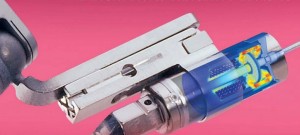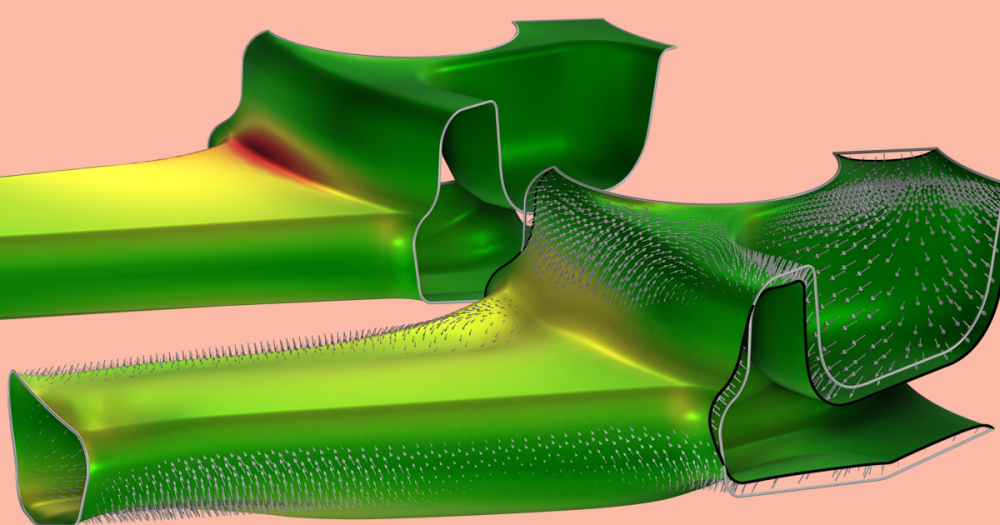
Growing older is an inevitable part of life, and with it, our body slowly begins to show that. I recently started wearing eye glasses because my eyesight is weakening. It’s a little unnerving, but I am comforted by the ever-improving technology being produced. My hearing is still fully intact, but the same cannot be said for 17% (36 million) of American adults who report some degree of hearing loss. In most cases, regular hearing aids are sufficient in treating hearing loss, but beyond a certain level, a bone conduction implant or a cochlear implant must be installed.
Cochlear Ltd. claims three-quarters of the market on the more advanced implants. Dr. Patrik Kennes, a CAE Engineer at Cochlear Technology Center Belgium (CTCB), has developed a completely new type of hearing implant that amplifies pressure waves instead of amplifying the sound. The implant is a Direct Acoustic Cochlear Implant called Codacs™. It generates amplified pressure waves in the cochlear fluid, mechanically enhancing the sound energy to compensate for hearing loss. Enhancing the sound energy (as opposed to amplifying sound waves) provides a more effective sound augmentation for people that need it. However, the Codacs™ presented a few tough challenges; the limited space in the ear, the shape of the ear, and knowing it must be biocompatible or hermetically encapsulated.
“Developed from the ground up using COMSOL Multiphysics”
Dr. Kennes noted that his company “used COMSOL extensively in every stage of the design process.” Using COMSOL Multiphysics, the team was able to test structural, acoustical, electromagnetic, and piezoelectric design on the implant. This analysis saved the team from a costly trial-and-error approach and permitted them to optimize their new technology. After creating one base model, there’s no need to set up others when changing the physics or the geometry. Adding and removing components, and changing the physics in the same model is simple, when using COMSOL.
For a more in-depth analysis of the modeling involved in creating the Codacs™ implant, go to page 8 in COMSOL News.







Comments (0)